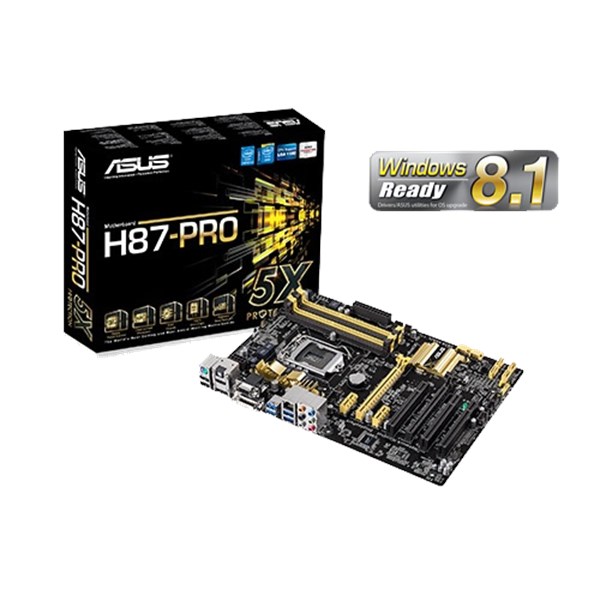This is something that has been really bugging me recently and I can't seem to find any help what so ever so I hope someone here could help me.
Recently I upgraded my GPU from a 1070 to a 1080 ti and was hoping for some good (realistic) performance boosts. What I've now noticed is that I could, for example, have 70 fps in a game but still only have 40% GPU usage and 50% CPU usage. I have instances where I would turn around fast in a game or enter an area with many particle effects which would give FPS drops but the CPU and GPU usage would more or less stay constant or even DROP.
If I still have CPU and GPU usage to spare, why would it not utilize that and give me increased fps??? I play on a 144hz monitor and I want to reach those high frames. It really infuriates me when I'm dipping in the 40:s sometimes even though there is still GPU usage to spare.
How do I fix this issue? The amount the card is limited by should be fixed by the amount of frames it can produce. If it has more available usage, why does it not use it to give me more frames?
I'm thinking it might have something to do either with my ram, my motherboard or my CPU but I have no idea how to isolate the issue.
Here is my rig (I'm running Windows 10):
Motherboard
Asus H87-PRO

 www.asus.com
www.asus.com
PSU
Corsair CX850M Bronze plus rates
https://www.corsair.com/eu/en/Categ...-Units/cxm-series-2015-config/p/CP-9020099-EU
CPU (non k)
Intel i7-4770 3.4 Ghz
https://ark.intel.com/content/www/u...7-4770-processor-8m-cache-up-to-3-90-ghz.html
GPU
MSI 1080 ti gaming x
https://www.msi.com/Graphics-card/GeForce-GTX-1080-Ti-GAMING-X-11G
Ram (Too old to find on the product page)
Corsair Vengeance ddr3 1600mhz 2x8gb
If I had to upgrade anything I don't have much against it but I want to make sure if I need it or not by fixing my utilization issue. I would upgrade to these three if I'm going to upgrade anything:
Motherboard + cpu (upgrade pack I found)
ASUS ROG STRIX X470-F Gaming + AMD Ryzen 7 3700X
Ram (I like rgb)
G.Skill Trident Z RGB Series 2x8gb 3200MHz (ddr4 of course)
If anyone could help me I would be so grateful because this has been bugging me for a long while now.
Thanks.
Recently I upgraded my GPU from a 1070 to a 1080 ti and was hoping for some good (realistic) performance boosts. What I've now noticed is that I could, for example, have 70 fps in a game but still only have 40% GPU usage and 50% CPU usage. I have instances where I would turn around fast in a game or enter an area with many particle effects which would give FPS drops but the CPU and GPU usage would more or less stay constant or even DROP.
If I still have CPU and GPU usage to spare, why would it not utilize that and give me increased fps??? I play on a 144hz monitor and I want to reach those high frames. It really infuriates me when I'm dipping in the 40:s sometimes even though there is still GPU usage to spare.
How do I fix this issue? The amount the card is limited by should be fixed by the amount of frames it can produce. If it has more available usage, why does it not use it to give me more frames?
I'm thinking it might have something to do either with my ram, my motherboard or my CPU but I have no idea how to isolate the issue.
Here is my rig (I'm running Windows 10):
Motherboard
Asus H87-PRO

H87-PRO | Motherboards | ASUS Global
PSU
Corsair CX850M Bronze plus rates
https://www.corsair.com/eu/en/Categ...-Units/cxm-series-2015-config/p/CP-9020099-EU
CPU (non k)
Intel i7-4770 3.4 Ghz
https://ark.intel.com/content/www/u...7-4770-processor-8m-cache-up-to-3-90-ghz.html
GPU
MSI 1080 ti gaming x
https://www.msi.com/Graphics-card/GeForce-GTX-1080-Ti-GAMING-X-11G
Ram (Too old to find on the product page)
Corsair Vengeance ddr3 1600mhz 2x8gb
If I had to upgrade anything I don't have much against it but I want to make sure if I need it or not by fixing my utilization issue. I would upgrade to these three if I'm going to upgrade anything:
Motherboard + cpu (upgrade pack I found)
ASUS ROG STRIX X470-F Gaming + AMD Ryzen 7 3700X
Ram (I like rgb)
G.Skill Trident Z RGB Series 2x8gb 3200MHz (ddr4 of course)
If anyone could help me I would be so grateful because this has been bugging me for a long while now.
Thanks.
Last edited:

